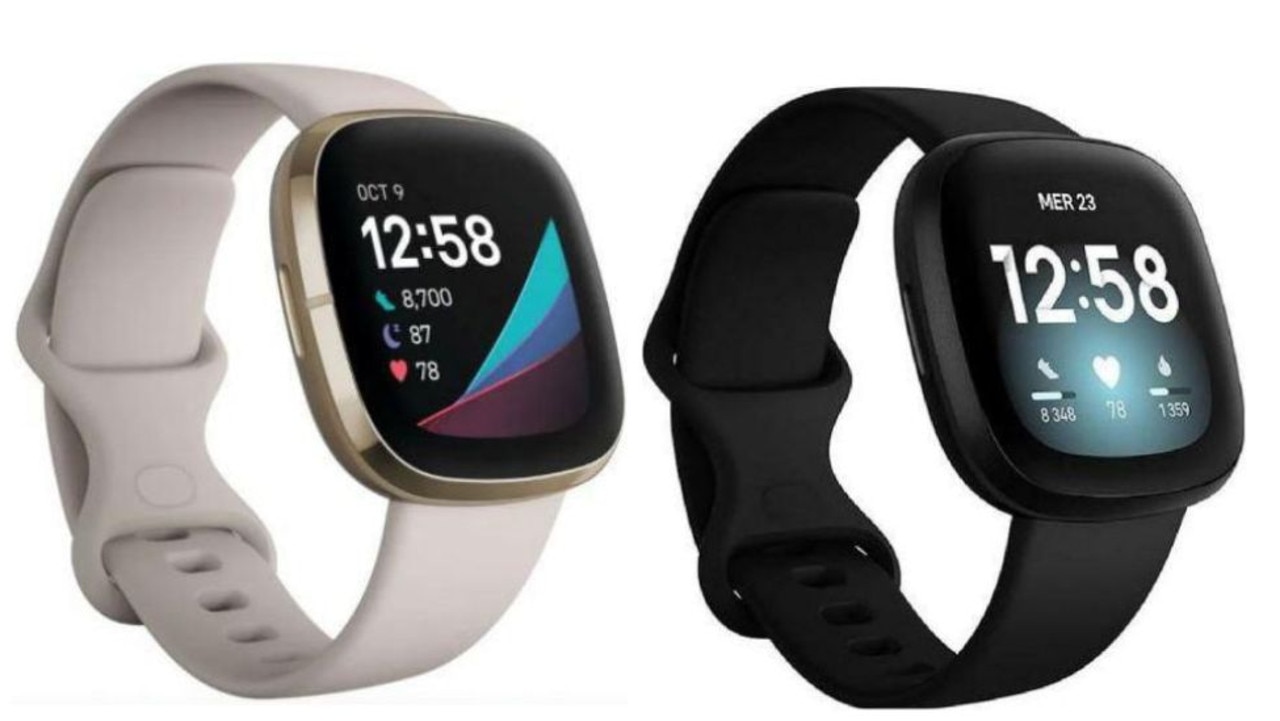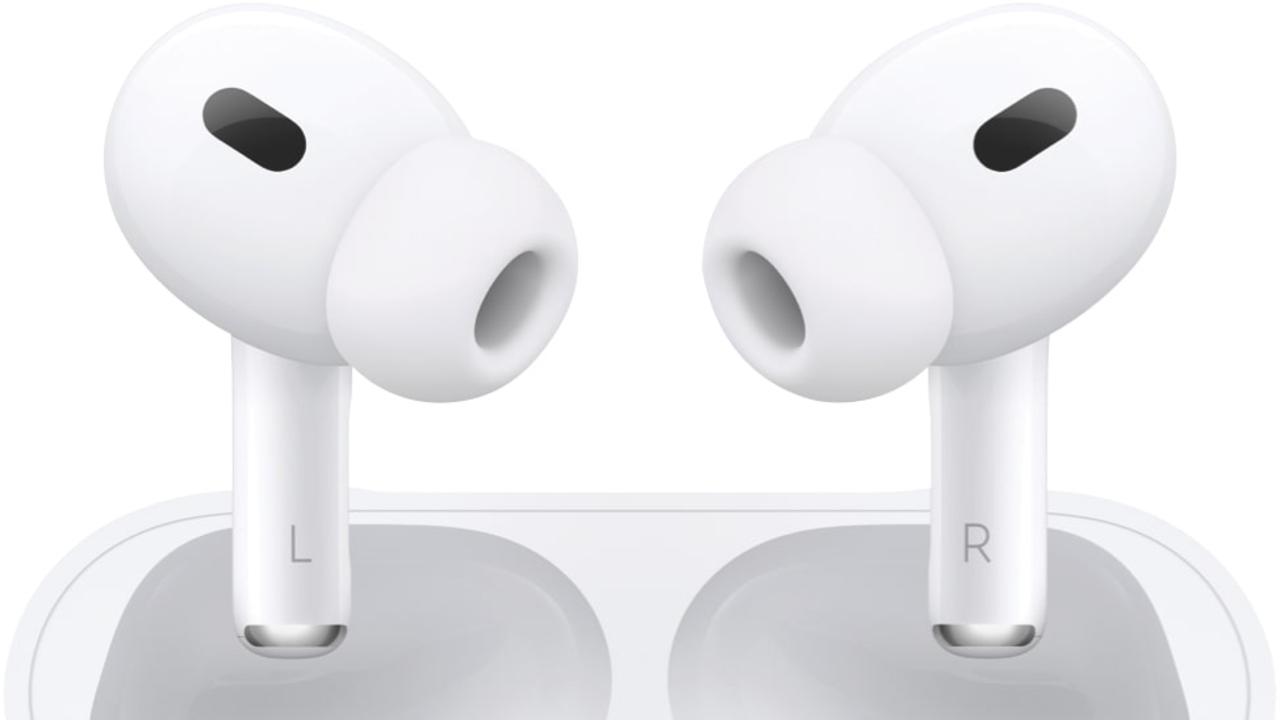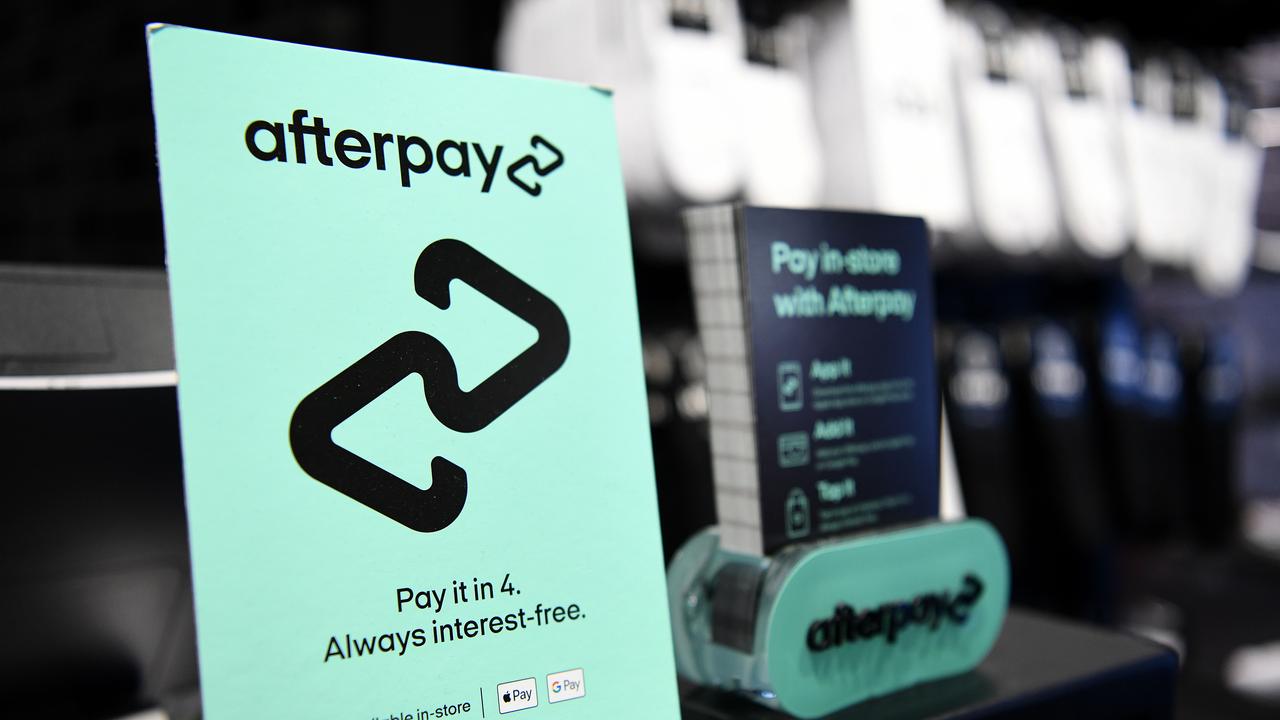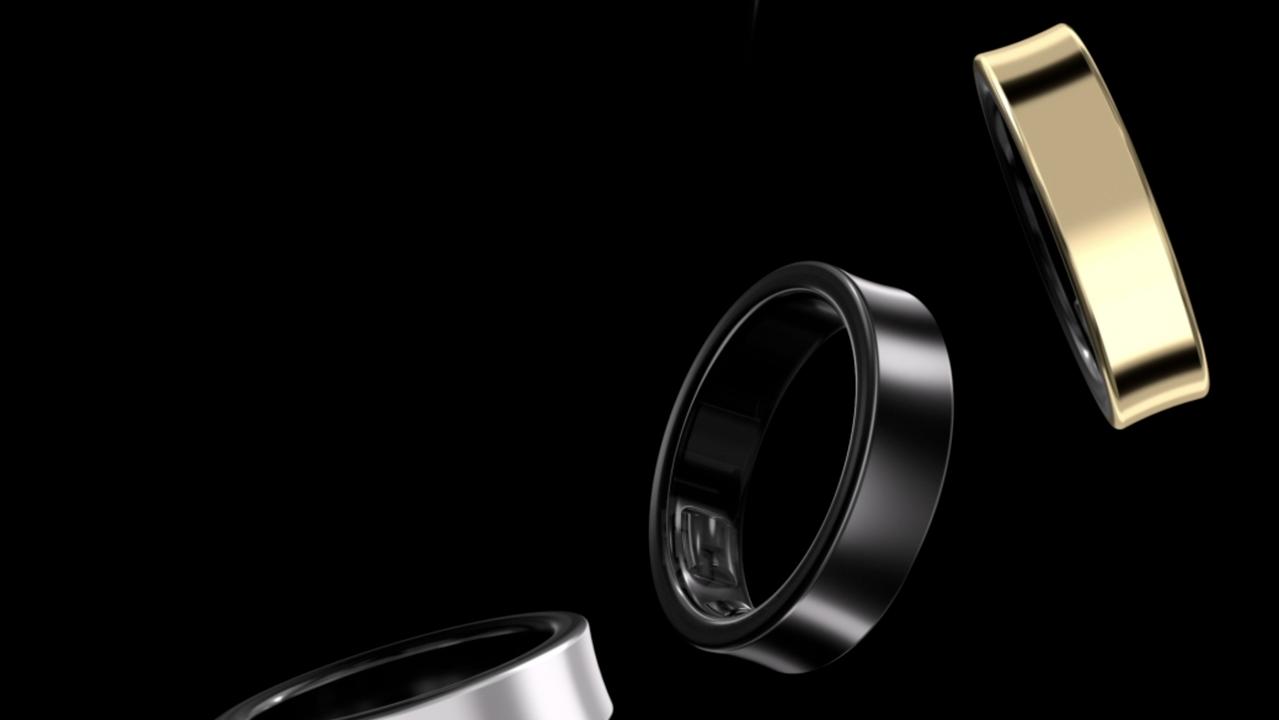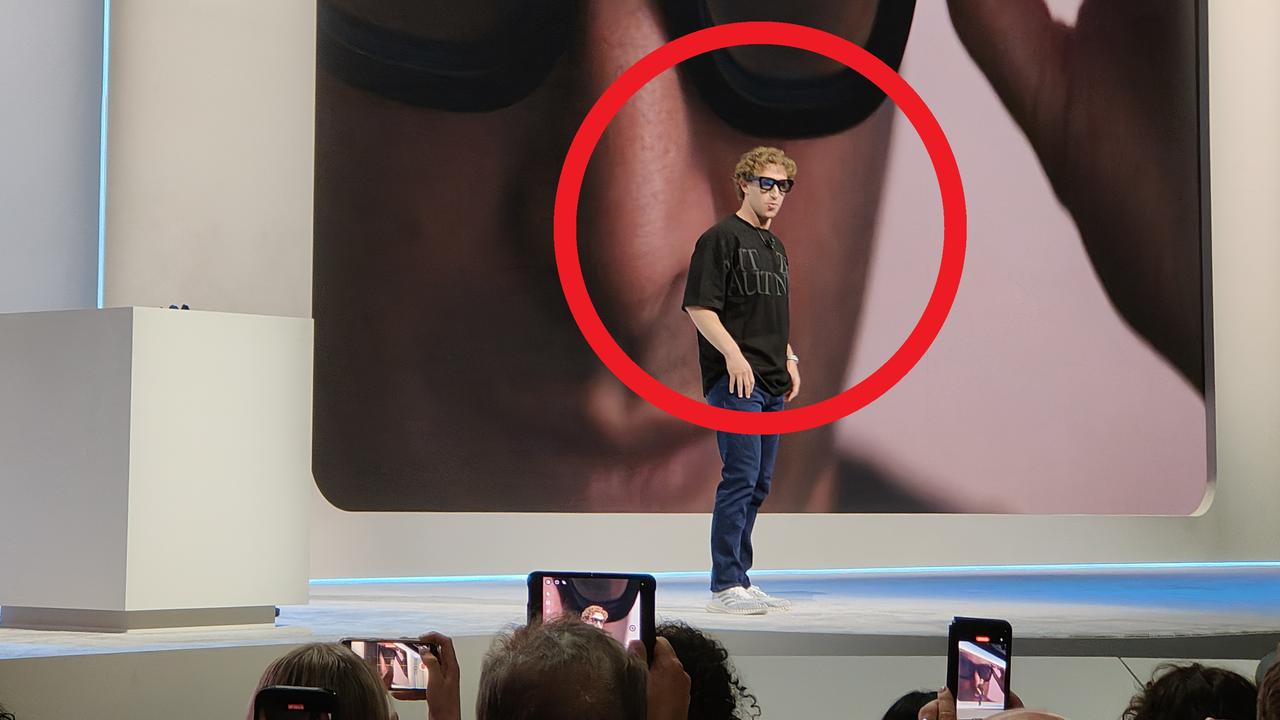Fitbit launches a fitness tracker with GPS and heart-rate monitor but don’t call it a smartwatch
LEADING fitness gadget maker Fitbit has launched its first watch, but don’t call the Surge a ‘smartwatch’. Here’s why.

Wearables
Don't miss out on the headlines from Wearables. Followed categories will be added to My News.
IT delivers phone alerts to your wrist. It displays text messages. It has a touchscreen and it tells the time.
Even so, users are being urged not to call Fitbit's newest device a smartwatch.
The world’s biggest fitness tracking company insists the Fitbit Surge, arriving in Australia this month, merely dabbles in smartwatch features.
“We’re definitely not positioning it as a smartwatch,” Fitbit regional director Steve Morley asserts. “It is a fitness super watch.”
WORK IT: Do fitness gadgets make you fitter?
FIVE MORE: Five gadgets to help you keep fit
Fitbit would know. The seven-year-old company is the market leader in exercise gadgets, commanding seven out of every 10 fitness trackers in the world.

In Australia, Fitbit’s share is slightly higher at 73 per cent, according to GfK retail monitoring.
The company’s latest and most advanced creation does look suspiciously like a smartwatch though, from its 1.25-inch touchscreen to its phone call and SMS alerts, plus remote music controls.
Mr Morley says the fitness company has assiduously avoided in the smartwatch tag with the Surge, only allowing three smartphone controls into the gadget.
“The reality is that technically we could have brought more notifications to the device but what we chose to let come in is what we think would be useful in a fitness super watch,” he says.
“We believe (phone call and SMS alerts) are useful features. We’re not looking to add email or calendar reminders to the device.”
Instead the Surge focuses on a different type of user, he says, an active user who is “already pretty serious about fitness,” who may have committed to a sport, and who would have opted to buy a specialised workout watch in the past.
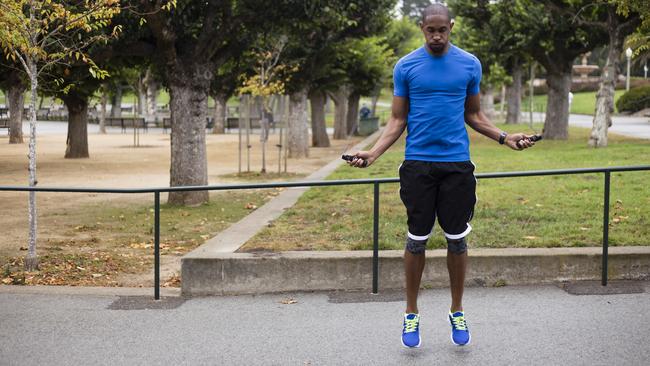
In addition to the step-counting, staircase-recording, sleep-tracking features of other Fitbit gadgets, the Surge adds a GPS chip and a heart-rate sensor for the first time to appeal to this active audience.
Constant heart-rate monitoring from the wrist had been “the number one demanded feature” from users, Mr Morley says, and will help more accurately estimate calorie burn as well as tracking more sports.
“You’re not really moving a great deal if you’re into yoga but you’re certainly working really hard and it’s great exercise,” he says. “Because of the heart-rate functionality, we become relevant to all exercises.”
The Surge will also track runs and hikes with its GPS feature, displaying trails on a map. Its battery will only last for five hours with GPS engaged, however, rather than the seven days without it.
Fitbit will also let Surge users easily swap back to other, more discreet Fitbit devices for everyday wear, Mr Morley says, with an app update coming shortly.

While the $350 Surge watch is clearly designed for active wearers, another reason Fitbit may want to steer clear of the ‘smartwatch’ badge is the popularity of fitness technology.
Juniper estimates 19 million fitness trackers were in use last year, and predicts that number will more than triple to in excess of 70 million by 2018.
But advanced fitness trackers will compete with smartwatches, the research firm finds, as smartwatch makers add more movement sensors and fitness features to appeal to a larger audience.
Companies including Samsung and HTC, for example, are expected to launch fitness-tracking wearable technology at Mobile World Congress in Barcelona early next month.
Originally published as Fitbit launches a fitness tracker with GPS and heart-rate monitor but don’t call it a smartwatch


